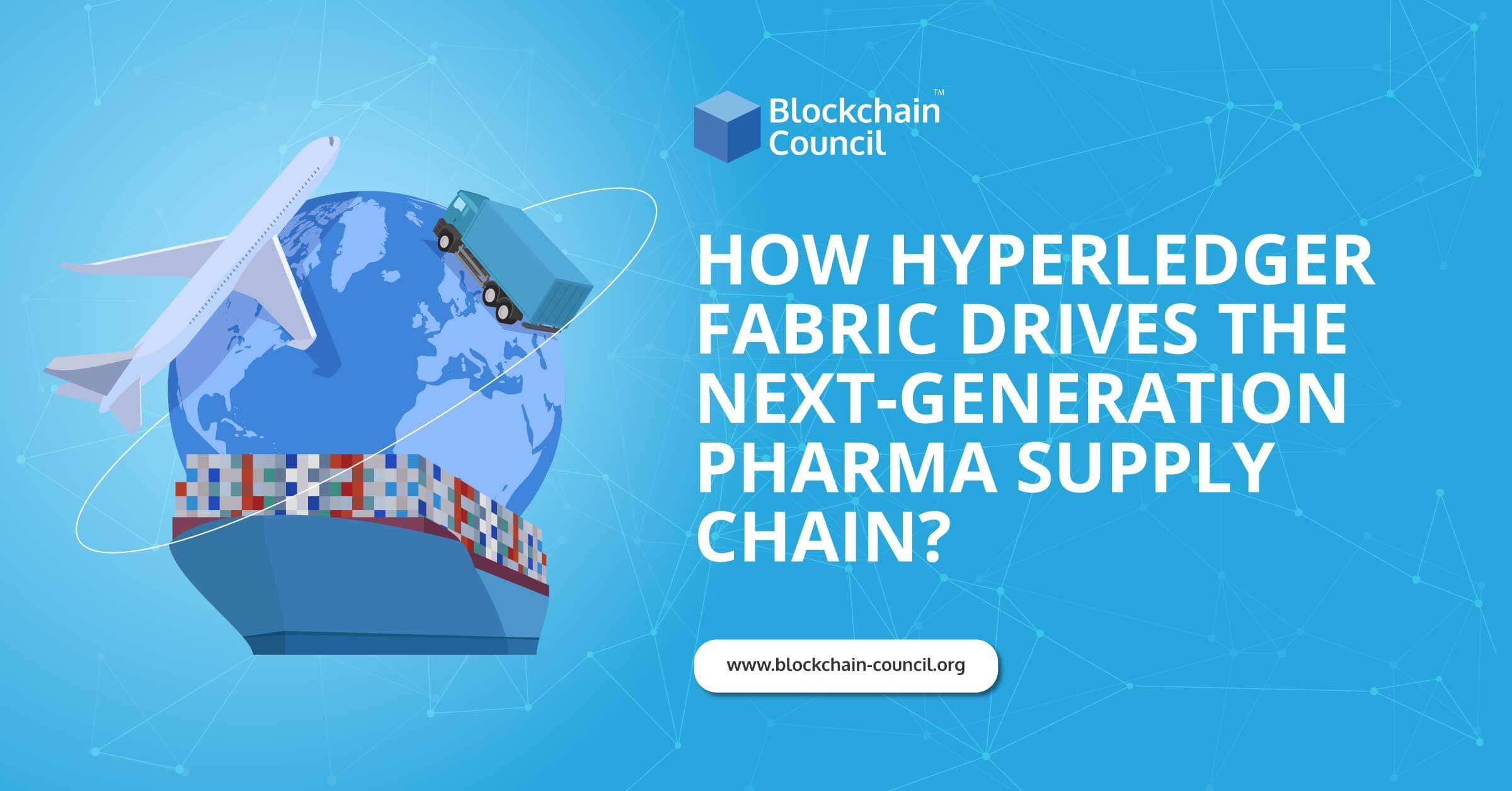
- Toshendra Kumar Sharma
- December 31, 2019
In today’s context, each and every human being is entitled to state-of-the-art health facilities. As far as the health industry is concerned, an increasing number of diseases on a daily basis is something that cannot be ignored, as the welfare of each and every human being is important. In order to deal with these diseases, new drugs are introduced in the market with new labels. These drugs will aid patients in getting instant relief from pain. But despite these advantages, there are also many disadvantages. As these drugs are manufactured by several pharmaceutical firms, the authenticity of these drugs is unknown. These may produce different side effects on different patients. This is the major issue that is currently plaguing the pharmaceutical industry as counterfeit or fake drugs is a serious issue of the pharmacology sphere.
This is the primary reason for pharmaceutical companies turning to hyperledger fabric to improve and enhance their supply chains as it is based on blockchain technology and helps handle secure drug supply chain records. Before learning in-depth about using hyperledger fabric for the pharma supply chain, it is necessary to understand the term ‘Hyperledger Fabric.’
What is Hyperledger Fabric?
Hyperledger Fabric is hosted under the umbrella of The Linux Foundation. It is a blockchain framework implementation that helps develop applications or solutions with a modular architecture. It supports the plug-and-play version of membership services and consensus. It leverages container technology called ‘chaincode’ to host smart contracts.
Let us now move on to understand how hyperledger fabric helps the next-generation pharma supply chain.
Hyperledger Fabric For the Pharma Supply Chain
Each and every global enterprise that is concerned with data security and access to information regulations will have hyperledger as its blockchain platform of choice. Hyperledger Fabric helps enhance the security of a blockchain by conducting drug record transactions on a blockchain. This is done to create a smart healthcare ecosystem using a drug supply chain. Hyperledger Fabric blockchain launches a smart contract and provides time-limited access to patient electronic health records and electronic drug records.
Though coin-based models serve as a suitable incentive for participation, not everyone is ready for cryptocurrency. Another feature that allows Hyperledger Fabric to stand apart from other blockchains is its focus on privacy. Even though everyone wants to improve the capabilities of tracking and tracing across the drug supply chain, no one will actually want to risk leakage of patient health records on the dark web from a public blockchain.
DocuSeal
So, what is the DocuSeal Framework?
Enterprise communities that are highly regulated will have unique requirements. Keeping this in mind, the Hyperledger community designed the DocuSeal Framework. DocuSeal is a framework that is designed to authenticate documents using blockchain technology through an iOS application. In a DocuSeal framework, the documents that are uploaded can be sealed in private storage, and these can be tied to a unique hash that is stored immutably on a private blockchain. These documents can be deleted or can be shared with other users.
Each time a document is accessed, the authenticity of the document can be verified. Here, the ‘right to be forgotten’ is preserved. This helps wipe out the private storage whenever necessary. The hashes on the blockchain are also preserved. Selvedge, the enterprise-grade blockchain app server developed in Golang, can also be used as it assures real-time performance metrics. The DocuSeal Framework aids users in document storage and sharing, as it is similar to a Dropbox. It also takes care of security and timestamping. It also helps stakeholders leverage the power of smart contracts for driving inter-enterprise workflows.
Hyperledger Fabric to Provide Innovative Medicines to Patients in Need
Testing new medicines is a tedious process. Today, there are more than 800 pharma companies and biotechs that are working with vendors to supply medicines for more than 10,000 clinical studies to tens of thousands of clinical sites. In 2017, the Hyperledger community joined hands with industry leaders such as Merck, UCLA Health, GSK, Pfizer, ThermoFisher, BioGen, and IQVIA, as part of the Clinical Supply Blockchain Working Group (CSBWG). Within the next two years, they built their pilot on Hyperledger Fabric in order to address this challenge, and this was named KitChain.
KitChain aims to demonstrate a robust collaborative model that was developed to manage the pharmaceutical supply chain. It was developed to create an immutable record for event tracking and shipment without the need to get involved in paperwork and manual transcription from one system of record to the other. Its secondary goal was to expose the potential flaws of the system. KitChain was a major milestone for the clinical studies supply chain. The world is now looking ahead to 2023 when the Drug Supply Chain Security Act (DSCSA) will come into full effect with several requirements for traceability throughout the pharmaceutical supply chain.
Conclusion
World Health Organization (WHO) states that more than 30% of the total medicines sold in Asia, Latin America, and Africa are counterfeit. The safety of the pharmaceutical supply chain is, no doubt, a collective process, and it has become a major point of concern for public health.
To become a hyperledger expert and know more about hyperledger certifications, check out Blockchain Council.

































































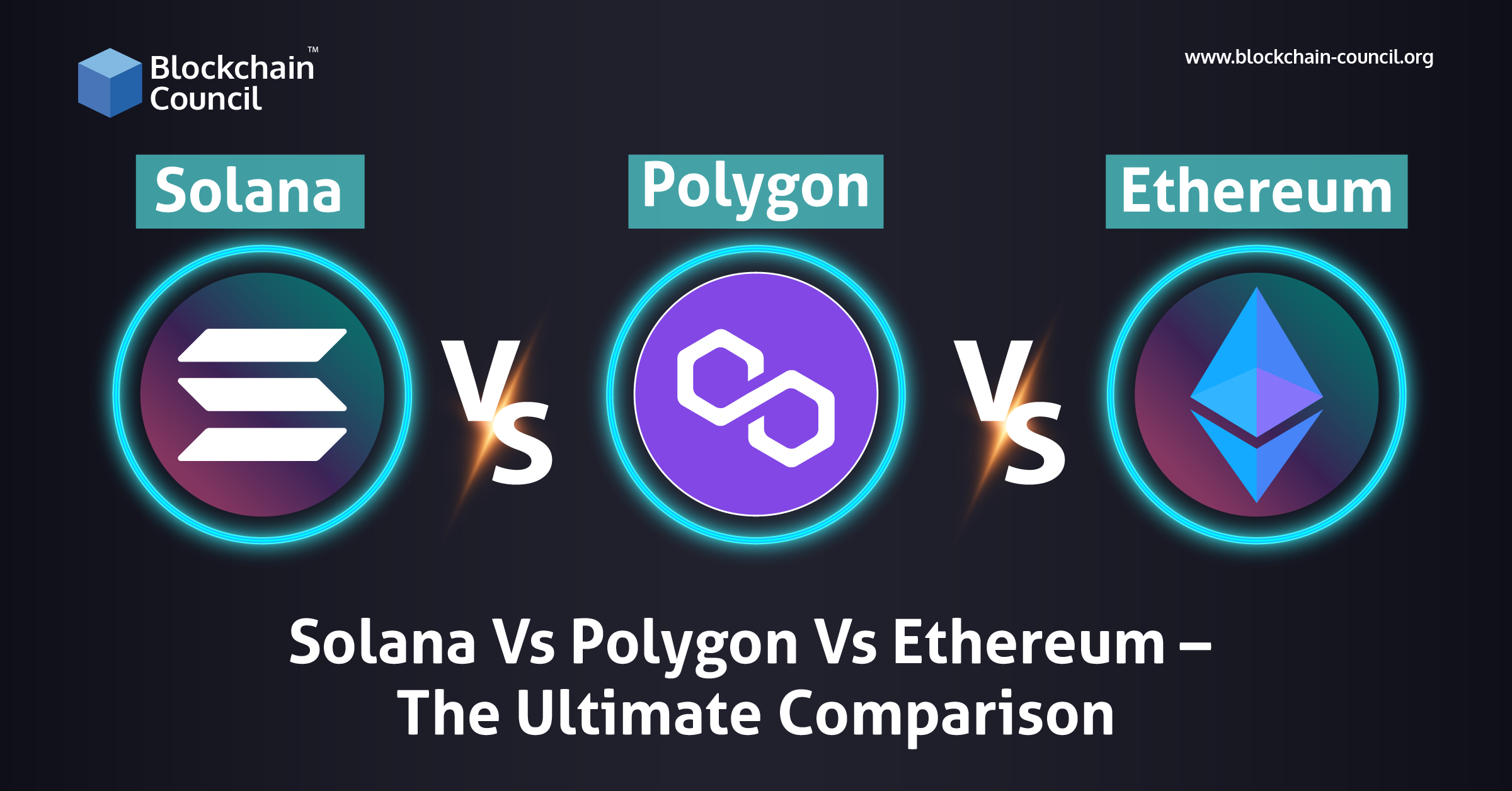
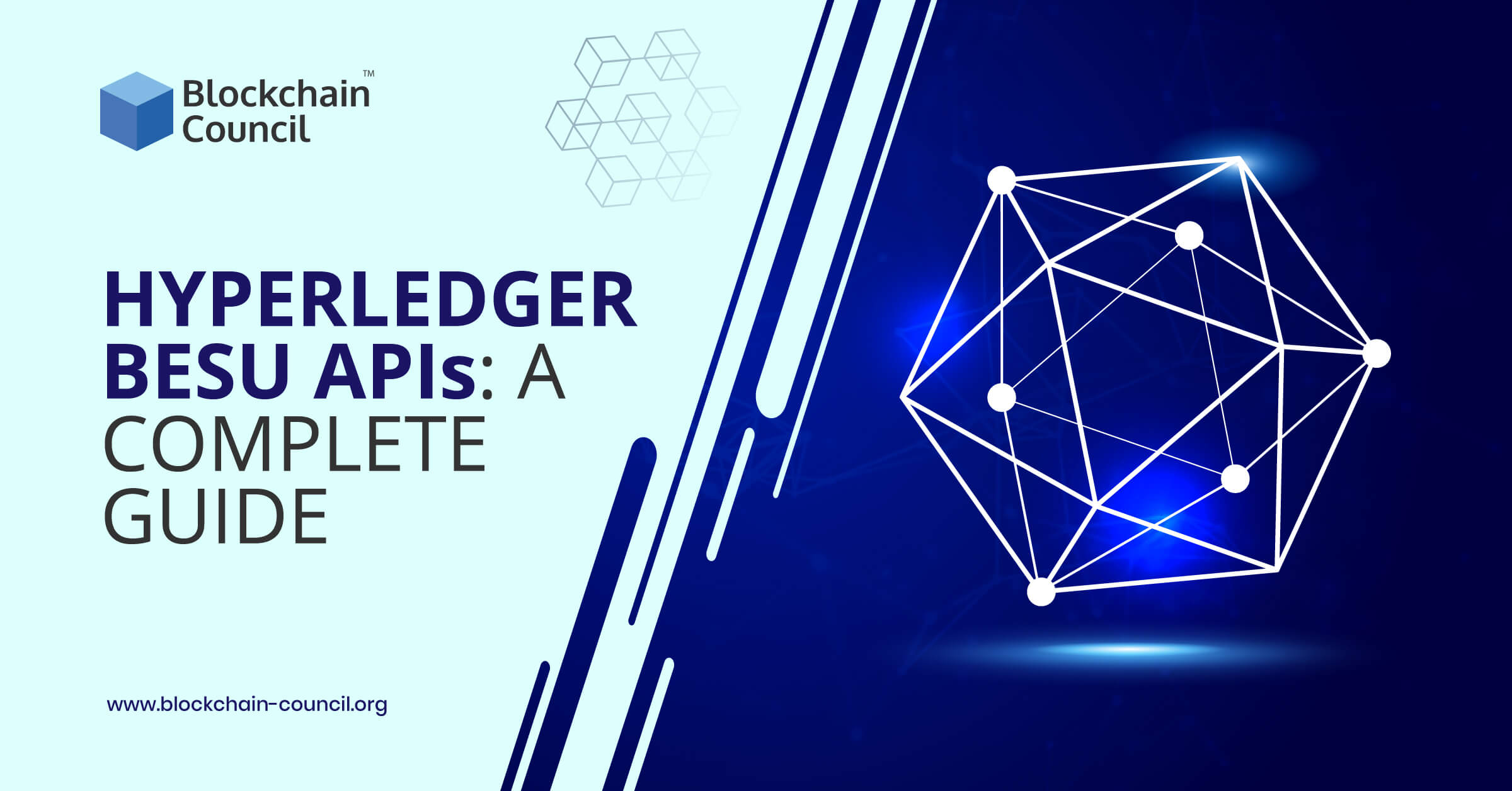
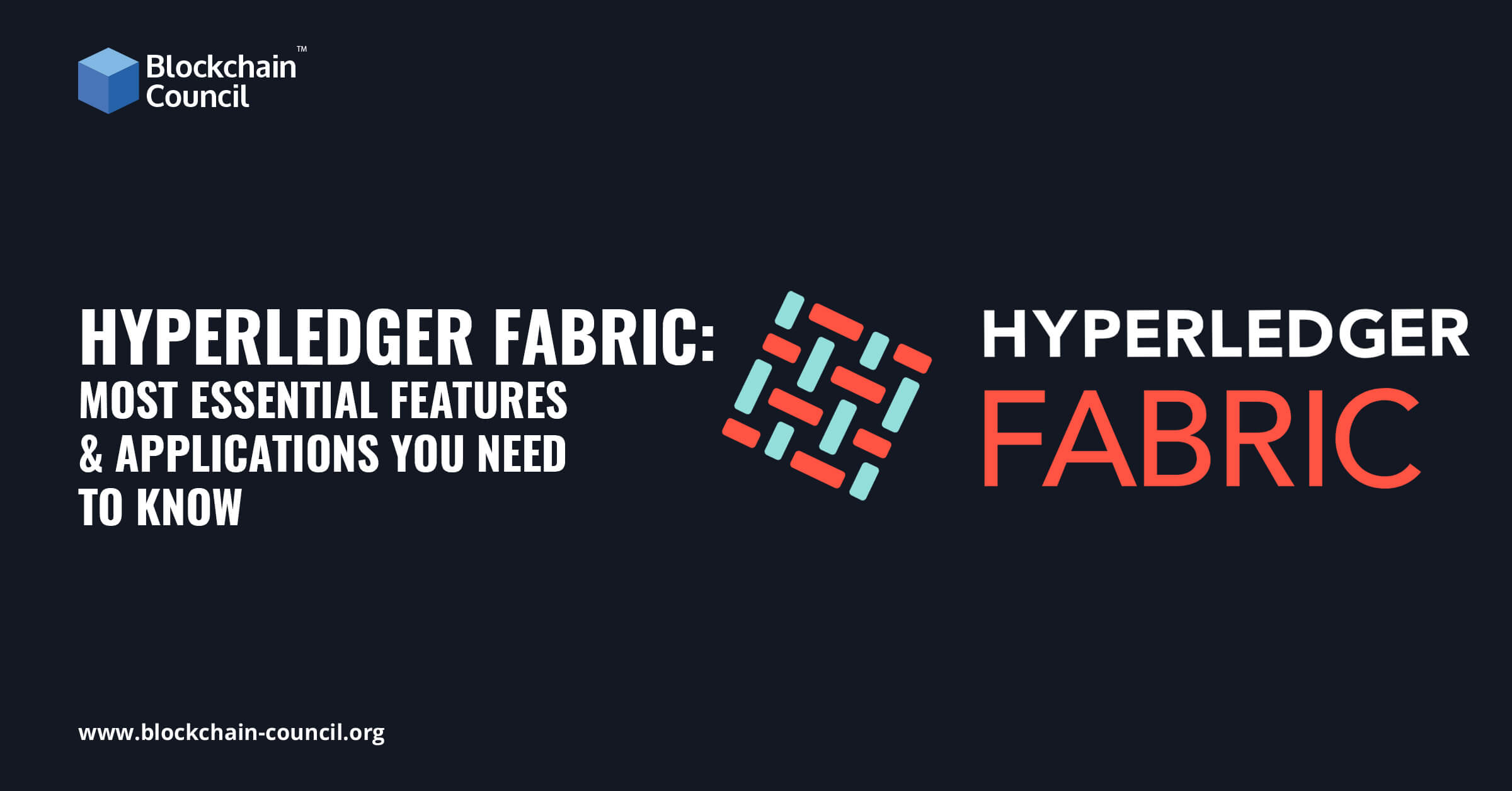
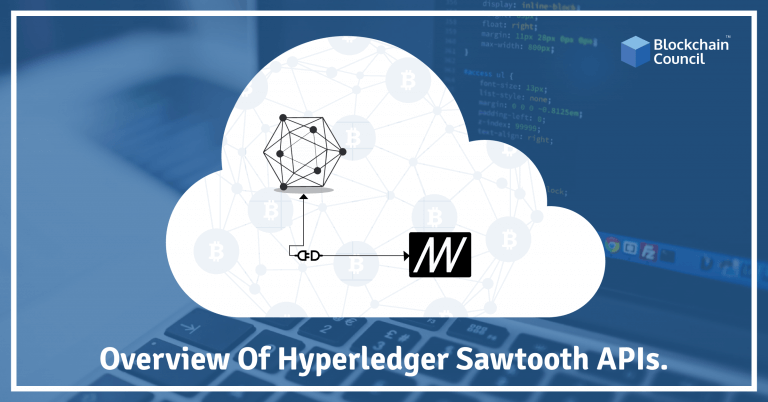
 Guides
Guides News
News Blockchain
Blockchain Cryptocurrency
& Digital Assets
Cryptocurrency
& Digital Assets Web3
Web3 Metaverse & NFTs
Metaverse & NFTs
